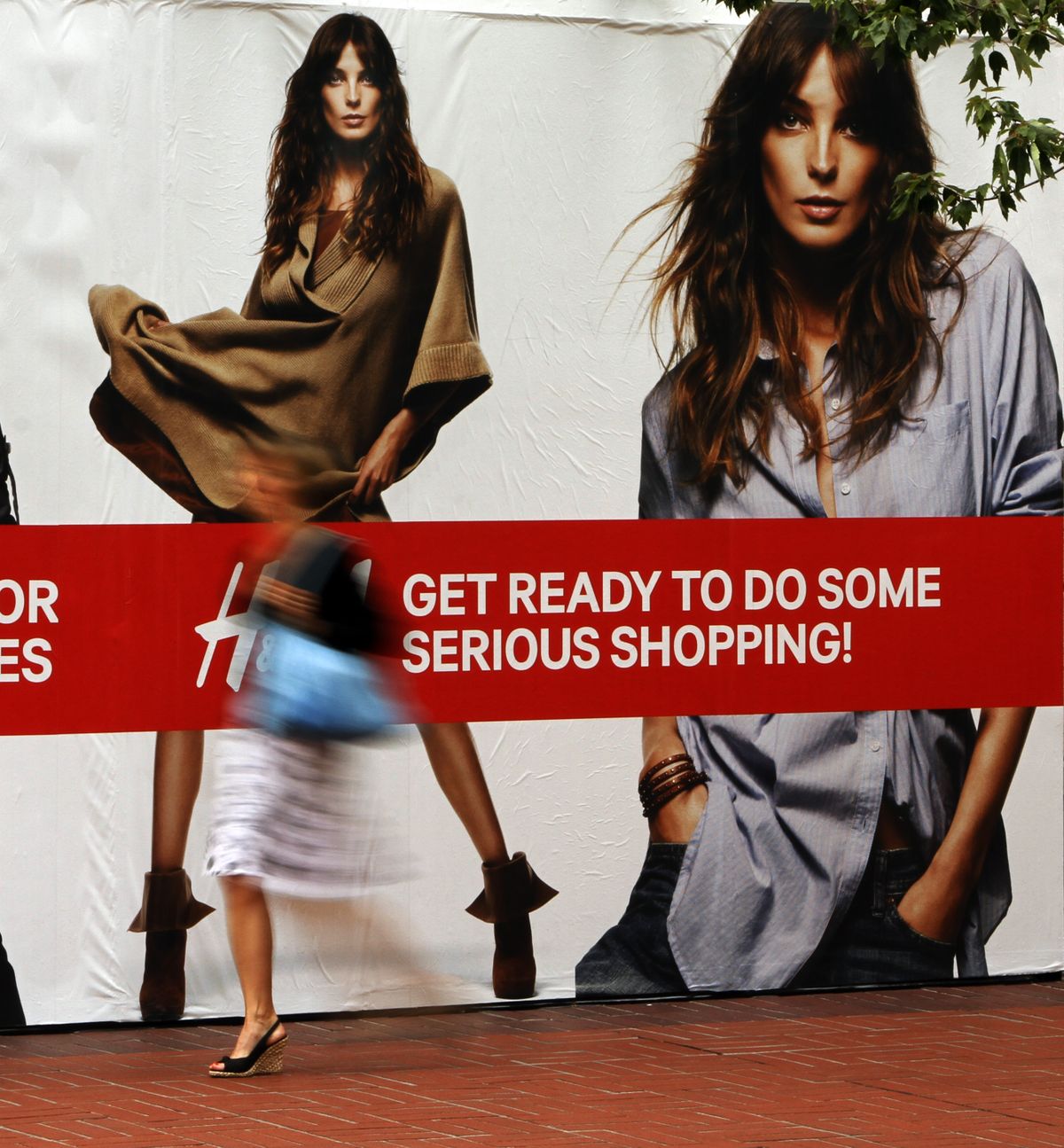Frugal ways worry retailers
Shoppers needed to spark hiring

WASHINGTON – American shoppers are being careful about how much they spend, and that’s making businesses cautious about hiring.
For the economic recovery to gain strength – and the unemployment rate to come down in any meaningful way – consumers will need to become less frugal. But a flurry of data released Tuesday suggests families are reluctant to increase their spending, even as they buy more stuff, including cars and consumer staples like razors and shampoo.
“Once the unemployment rate starts coming down in a significant way, consumers will feel more confident and start spending. But businesses are reluctant to step up hiring until they see stronger demand,” said Chris G. Christopher, senior economist at IHS Global Insight. “It’s a Catch-22 situation.”
Unemployment stands at 9.5 percent. The government’s next jobs report comes out Friday.
General Motors and Chrysler on Tuesday posted higher U.S. sales for July, a sign that Americans are still willing to buy big-ticket items. And Procter & Gamble, maker of Tide laundry soap and Pampers diapers, said its revenue grew 5 percent in the latest quarter.
But other industry and government data were more downbeat.
Factory orders dropped in June for the second consecutive month after nine straight months of gains, the Commerce Department said. And the number of buyers who signed contracts to purchase homes fell in June to the lowest level on records dating back to 2001, according to the National Association of Realtors.
One telling detail about consumers’ habits these days came from the Commerce Department’s personal income and spending report for June: the annualized savings rate stood at 6.4 percent, the highest level in nearly a year – and triple the rate in 2007, before the recession.
The savings rate hasn’t dipped below 5 percent since October 2008.
Even the way people are paying for things shows a change in attitude about money. Consumers shied away from accumulating new debt during the second quarter, according to the latest reports from MasterCard Inc., and Visa Inc.
Overall card use rose 14 percent. But the growth came almost entirely from debit cards, which rose to $465 billion, from $408 billion a year ago. Credit card use edged up less than a percent to $345 billion, from $342 billion last year.
Analysts believe consumers have now rebuilt savings and will be open to spending more in the coming months.
“We think most of the required increases in savings have already happened and that further increases in incomes will translate into consumer spending,” said Peter Newland, an economist at Barclays Capital.
Consumer spending is important because it accounts for 70 percent of total economic activity.
Last week, the government said economic growth for the second quarter slowed to 2.4 percent. Many analysts believe it will dip further in the second half of the year because of high unemployment, shaky consumer confidence and weakness in home prices in many major metropolitan areas.
While personal income growth was flat in June, it rose in April and May. But households chose to save the extra money rather than spend it.
Longer term, that may not be such a bad thing, economists said, because the savings help households get control of their bills and make purchases they can afford.
“It is of some comfort that households now appear to have something of a cushion that can be used to pay down debt or support spending,” said Paul Dales, U.S. economist at Capital Economics.
Make no mistake, Americans are spending money. But they want value for their purchases or a good deal. If they don’t get either, many are passing on name brands and living with generic goods.
The automakers that posted higher U.S. sales in July did so through summer promotions and easier credit plans.
P&G executives said they’ve noticed shoppers shift to cheaper brands. In response, the company has cut its prices, offered discounts and created lower-priced versions of some brands to hold onto customers. This explains why net income for the quarter was down to $2.2 billion from nearly $2.5 billion a year prior.
“The economic recovery in the United States will be uneven,” Bob McDonald, president, CEO and chairman, told investors. “I think we are seeing that already. We don’t expect a double-dip recession … but we have got to keep innovating and keep growing.”
Saving more and budgeting for purchases may be good for families. But it worries retailers, who employs 14.4 million Americans, or about 11 percent of total employment.
Retailers stepped up hiring earlier this year after a solid winter holiday shopping season, then cut jobs in May and June as consumer spending slowed.
Craig Johnson, president of